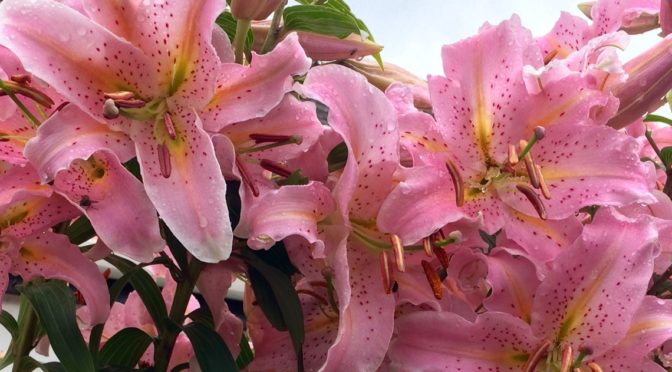Soft, sweet Victoria plums in sugar syrup is a simple indulgence thats perfect with ice cream, crème fraîche or thick yogurt. You only need one or two of these little taste bombs per person and this is the perfect way to preseve them when you have a late summer glut
Keep them in the fridge for an occasional treat. Makes enough to fill a large preserving jar but trust me you may need more than one and of course you can use other varities of Plum or Gage
Ingredients
 granulated sugar 350g
granulated sugar 350g
water 200ml
lemon 1
plums 900g, just ripe
Method
 Put the sugar into a large, deep saucepan, pour in the water and let it come to the boil
Put the sugar into a large, deep saucepan, pour in the water and let it come to the boil
Remove three strips of lemon peel with a small knife or vegetable peeler and drop into the syrup, letting it simmer for 10 minutes. It should be clear and quite thick, and should smell sweetly of lemon.
Wash the plums, halve them and remove the stones, setting four or five of them aside.
Lower the fruit into the simmering syrup, then add the reserved stones and leave at a gentle bubble for 3 minutes.
Turn off the heat, cover with a lid and leave overnight, unstirred and in a cool place.
Using a slotted spoon, gently lift the fruits from the syrup, placing them tenderly in a bowl so they don’t fall apart.
You will be left with a pale-pink syrup. Return the pan of syrup to the stove, add the juice of the lemon, bringing to the boil
and letting it bubble furiously for as long as it takes for it to come to 108C on a sugar thermometer. If you don’t have one, then stop boiling when the syrup will set almost instantly on a fridge-cold saucer.
Pack the plums carefully into a sterilised Kilner or other preserving jar (a few minutes in boiling water will do the trick.) Once the flurry of bubbles has subsided, scrape off any froth then pour the syrup over the fruit and seal tightly. It’s worth taking care not to drip any syrup around the rim of the jar, otherwise you’ll never be able to open the thing.
The fruit will keep in a cool place, but it’s much better to keep them in the fridge where they can remain chilled and ready to serve.
























